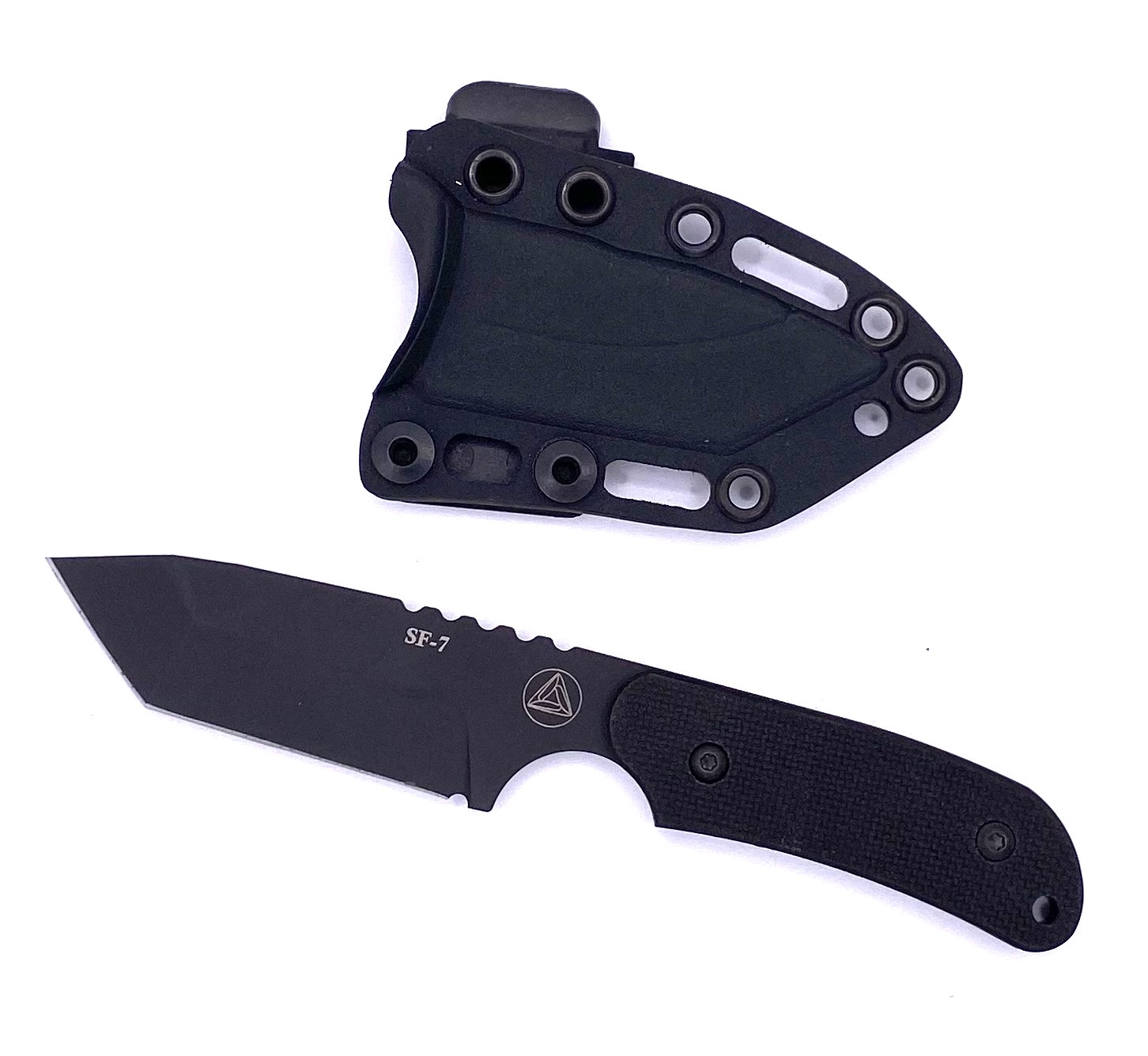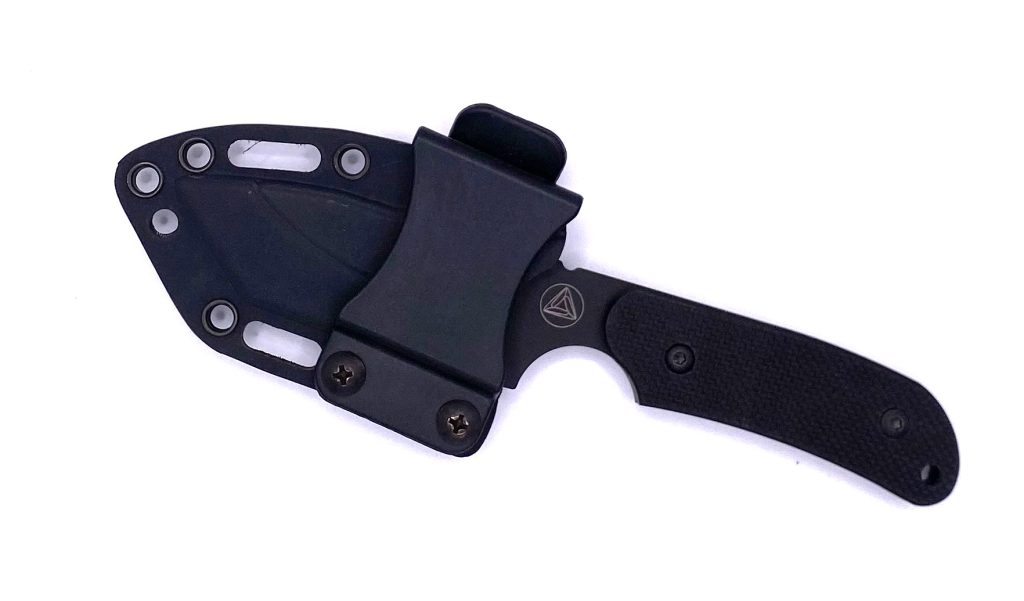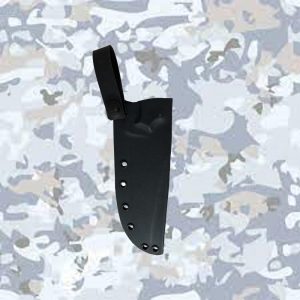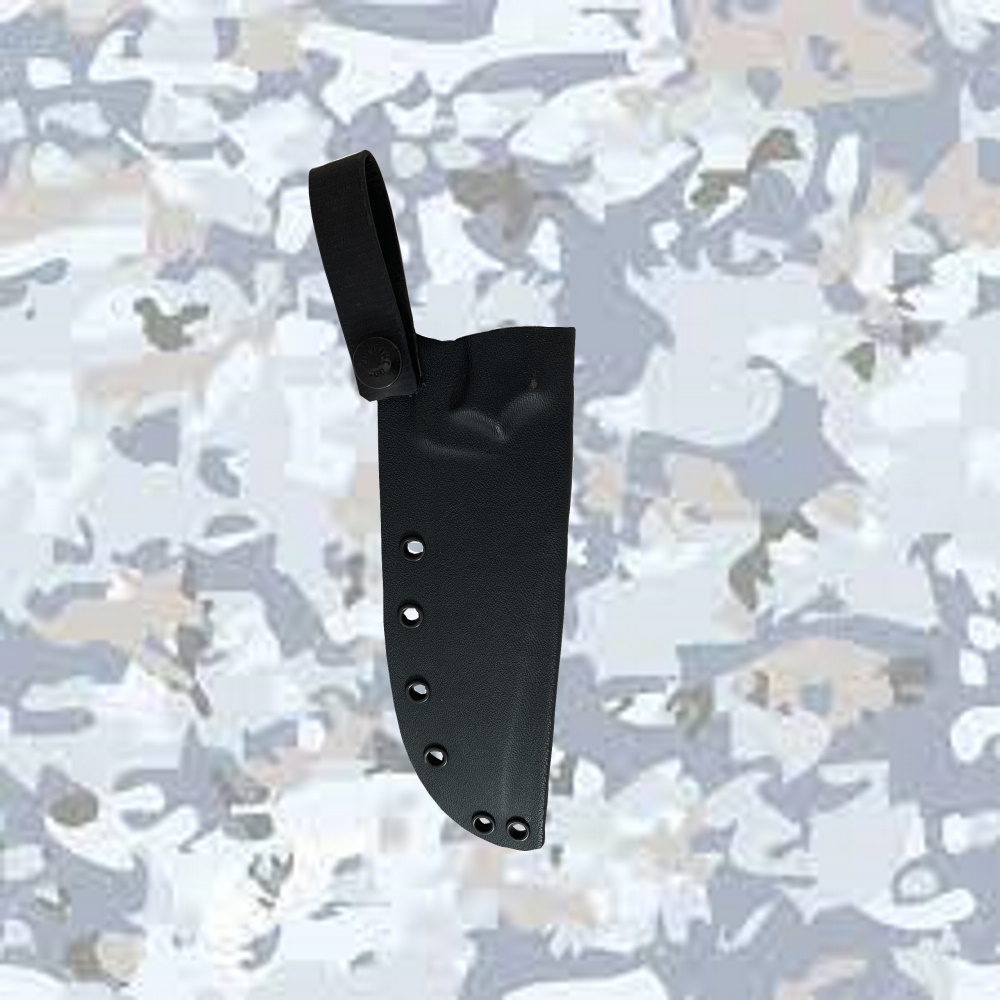
A custom knife sheath is a protective cover for a fixed blade knife that is made to fit the specific knife perfectly. It is typically made of leather or Kydex and is designed to be worn on the belt, but can also be worn on the backpack or other gear. Custom knife sheaths are often made by hand and can be very elaborate, with features such as stitching, tooling, and stamping.

There are many benefits to having a custom knife sheath. First, it protects the knife from damage, such as scratches and nicks. Second, it makes it easier to carry the knife, as it provides a secure way to attach it to the body or gear. Third, it can add a personal touch to the knife, making it unique and special to the owner.
If you are considering getting a custom knife sheath, there are a few things to keep in mind. First, you need to choose the right material for your needs. Leather is a traditional choice for knife sheaths, but it can be susceptible to moisture damage. Kydex is a more durable material that is less likely to be damaged by water.
Second, you need to decide how you want to carry the knife. If you want to wear it on your belt, you will need to choose a sheath that is designed for belt carry. If you want to carry it on your backpack, you will need to choose a sheath that has a loop or other attachment point for securing it to the pack.

Finally, you need to decide on the style of the sheath. There are many different styles of custom knife sheaths available, so you should be able to find one that fits your personality and needs.
Here are some of the most popular styles of custom knife sheaths:
- Pancake style: This style of sheath is worn horizontally on the belt. It is a good choice for knives that are used for everyday tasks, such as camping and hiking.
- Belt sheath: This style of sheath is worn vertically on the belt. It is a good choice for knives that are used for heavier tasks, such as hunting and fishing.
- Neck sheath: This style of sheath is worn around the neck. It is a good choice for knives that need to be accessible quickly, such as self-defense knives.
- Shoulder sheath: This style of sheath is worn over one shoulder. It is a good choice for long knives, such as machetes and swords.
